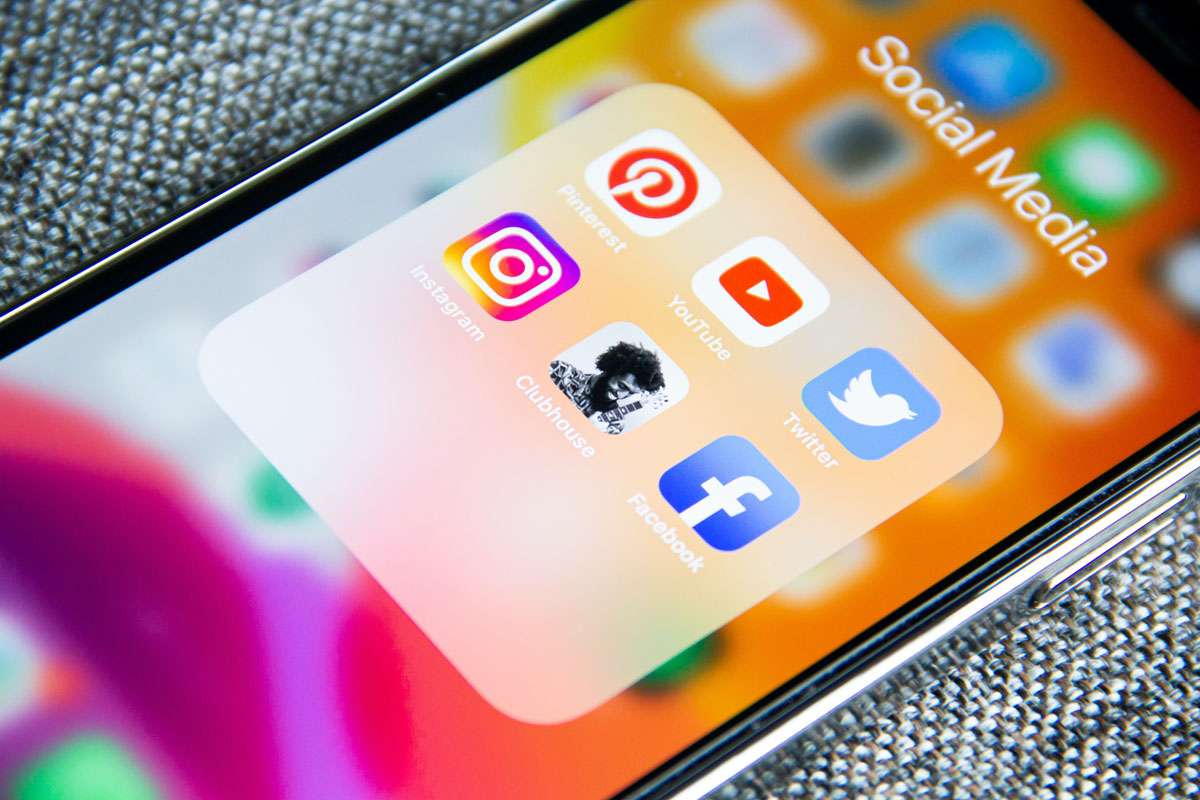
Social media platforms have become an integral part of our lives. We use them to stay connected with friends and family, to share our thoughts and experiences, and to learn about the world around us. In fact, social media platforms are now so ubiquitous that it’s hard to imagine a time before they existed.
The first social media platforms were launched in the early 2000s. Friendster, Myspace, and LiveJournal were some of the early pioneers. These platforms were primarily used for personal networking and sharing photos and stories, and that was until the mid-2000s, when social media platforms began to evolve. Facebook, YouTube, and Twitter emerged as the dominant platforms. These platforms offered a wider range of features and functionality, such as the ability to create groups, share videos, and send direct messages.
In addition to these three platforms, there were a number of other social media platforms that emerged in the mid-2000s. These included Flickr, LinkedIn, and Tumblr. These platforms offered a variety of features and functionality, and they appealed to different types of users. For example, Flickr was popular for sharing photos, LinkedIn was popular for connecting with professional contacts, and Tumblr was popular for blogging and sharing creative content.
In the 2010s, social media platforms continued to grow in popularity. New platforms, such as Instagram, Snapchat, and TikTok, emerged to cater to specific interests and demographics. Social media platforms also became increasingly integrated with other technologies, such as smartphones and wearables.
Today, social media platforms are used by billions of people around the world. They have become an indispensable tool for communication, entertainment, and information. Leaving a major impact on society, changing the way we interact with each other, consume news, and learn about the world.
Social media has proved to be a powerful tool for improving lives, not only by connecting societies, sharing thoughts and experiences, and learning about the world, but also by creating new opportunities for people to make a living, from social media managers, content creators to influencers, earning them a living through sponsorships, affiliate marketing, product sales, speaking engagements, and consulting.
Web developers who are hired by social media platforms to develop and maintain these platforms are responsible for everything from the user interface to the underlying code. By developing social media platforms, these developers have made it possible for us to use these platforms smoothly, but most importantly, get paid for the great job they do
Businesses are also among those who benefit from this era. Social media has helped them reach a wider audience and promote their products and services. They do this by posting content that is relevant to their target audience, running advertising campaigns, and connecting with influencers on these social media platforms to increase sales and brand awareness.
Related Stories: Women’s Ring Handle Handbags: Carry Confidence, Carry Style
Related Stories: What Is a Record Label? A Complete Guide for Music Artists and Fans
Overall, social media has been a powerful force for good in the world. It has made it easier for people to connect, share their thoughts and experiences, learn about the world, and organise and mobilise, as well as do business. However, it is important to be aware of the potential risks of social media, such as addiction, cyberbullying, fake news, and data privacy. It is also important to use social media safely and responsibly.